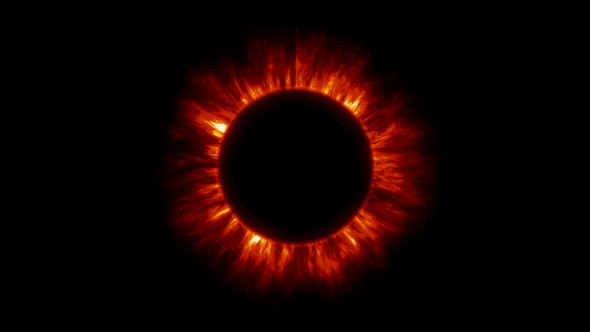

When these strike Earth with enough energy, they may cause satellite, communication and power grid problems. These can send material toward the Earth at speeds reaching 3200 Km/s. There have been cases where there is a Coronal Mass Ejection and that can overwhelm our magnetic field for a short period of time causing problems with satellites and communications.Ĭoronal mass ejections (CME) are caused by the snapping of local magnetic fields that have captured plasma (because its a charged, super-heated gas that can follow magnetic fields) and release this into space in a gigantic explosion. The magnetic field causes the charged particles from the sun to flow around the Earth barely showing any effects at all, usually. Earth would be more affected by the solar wind were it not for the magnetic field that surrounds us. The solar wind is the cause of a comet's tail and also the cause of the auroras (northern or southern lights). It travels past us at a rate between 300 and 800 Km/s and varies day to day with the change in the sun's activity. The solar wind is caused by the release of energy and particles from the sun's surface. The solar wind is the stream of particles (protons, electrons, neutrinos, etc), energy, and radiation from the sun. The temperature increases from the temperature minimum layer (4700K) towards the solar corona (upwards of 20,000,000K). The solar atmosphere is comprised of several sub layers: the temperature minimum, the chromosphere, the transition region, the corona, and the heliosphere. The light is emitted through the interaction of electrons with Hydrogen atoms. It is the region where the light from the sun is emitted. This region of the sun is opaque (or optically dark) to light. On the surface of the sun, we reach the Photosphere. These regions also cause the small magnetic fields over the surface of the sun due to the differential convection of the columns. At the surface, the temperature drops to about 5700 degrees Kelvin (9800 degrees F)* and has a density of approximately 0.2g/m 3. Energy is carried through thermal columns to the surface of the sun and creates areas that we see as solar granulation and super granulation. This zone is not dense enough to use radiative transfer of energy, instead, it uses thermal convection zones, in other words, it boils. Moving from a distance of approximately 200,000 Km (125,000 mi) lies the Convective Zone of the Sun. This zone radiates energy through the process of photon emission and capture by the hydrogen and helium ions. Just outside the Inner Core of the sun at a distance approximately 0.25 to 0.7 solar radii lies the Radiative Zone. Almost all the heat from the sun is created in the inner core. In the core, the fusion processes called the Proton-Proton Cycle and the Carbon-Nitrogen-Oxygen Cycle take place. Here, gravity and heat provide the necessary energy to drive the nuclear fusion processes that power the sun. The Inner Core of the Sun is the main engine of this star.


 0 kommentar(er)
0 kommentar(er)
